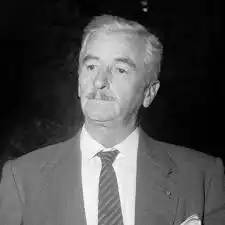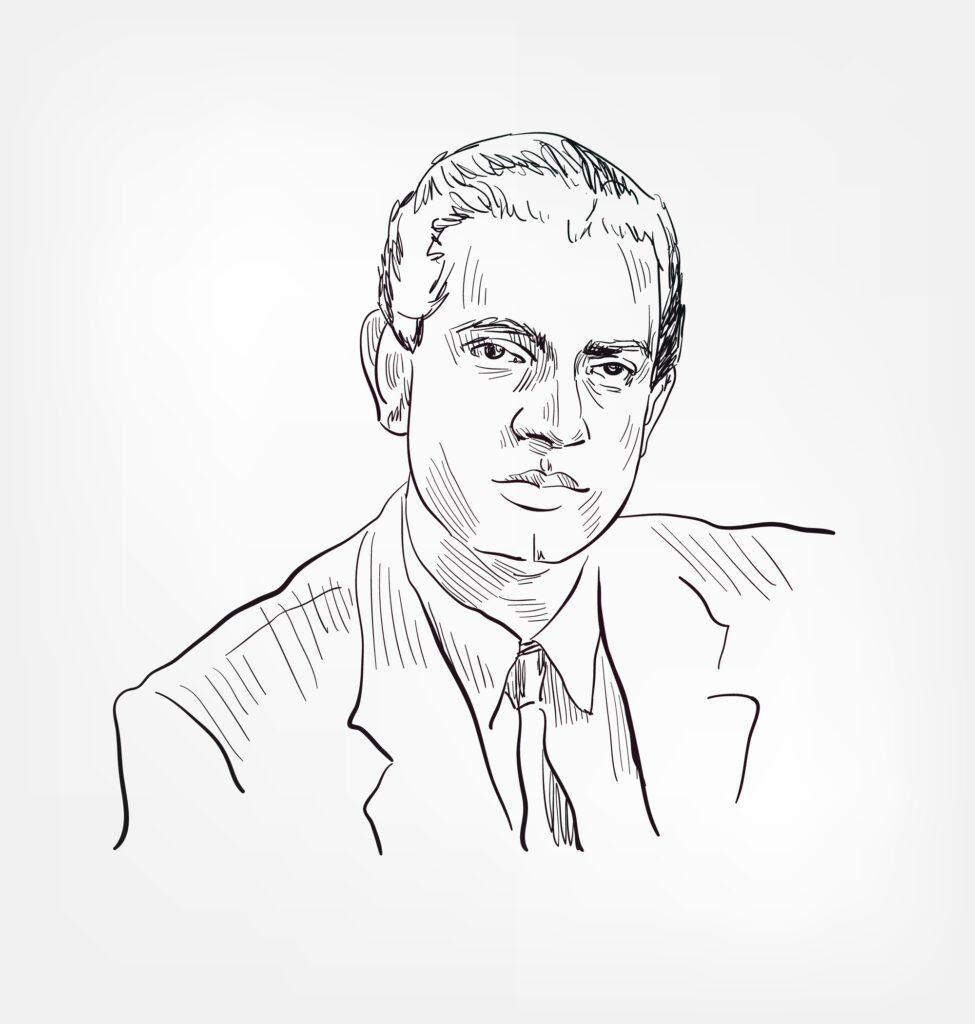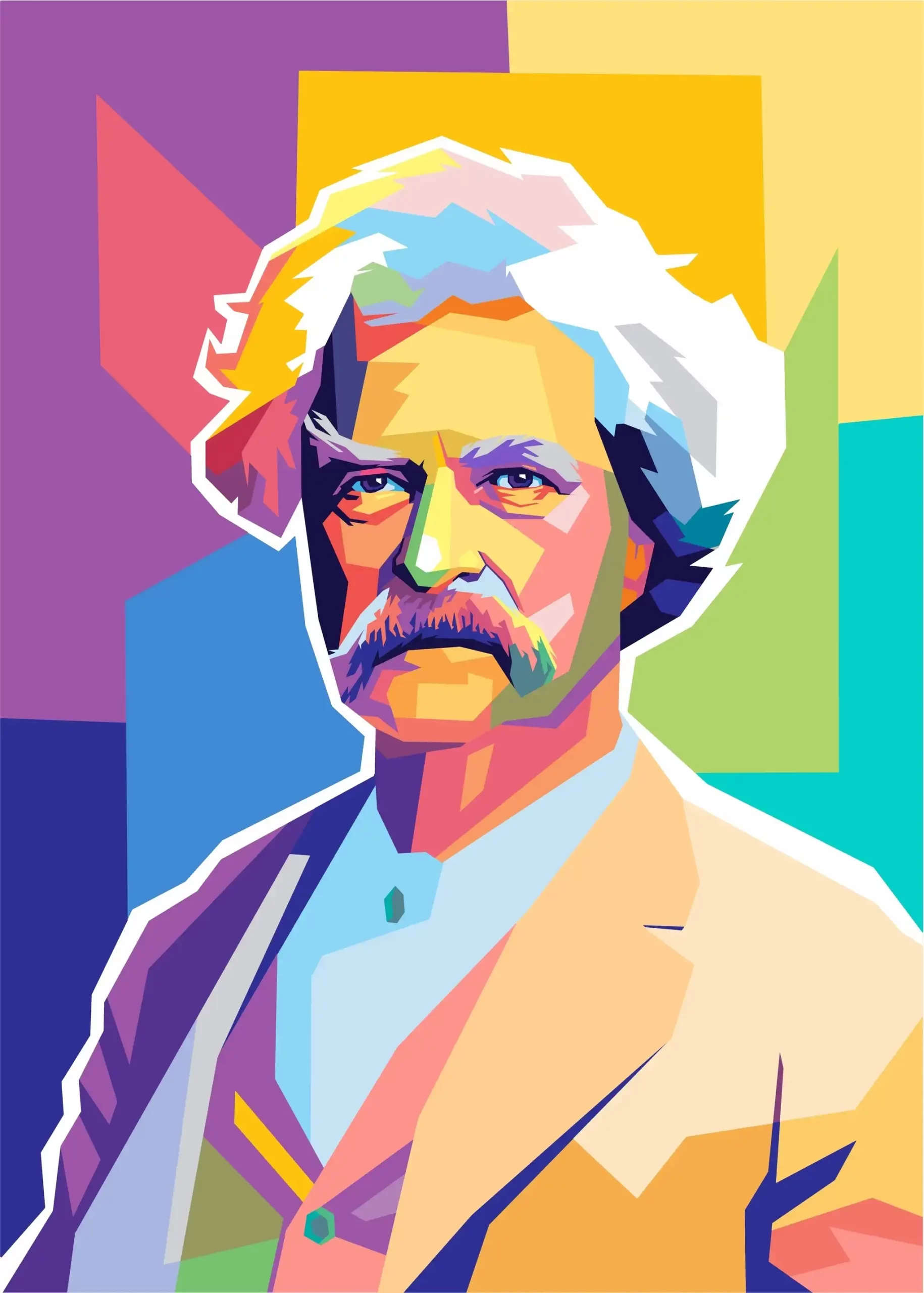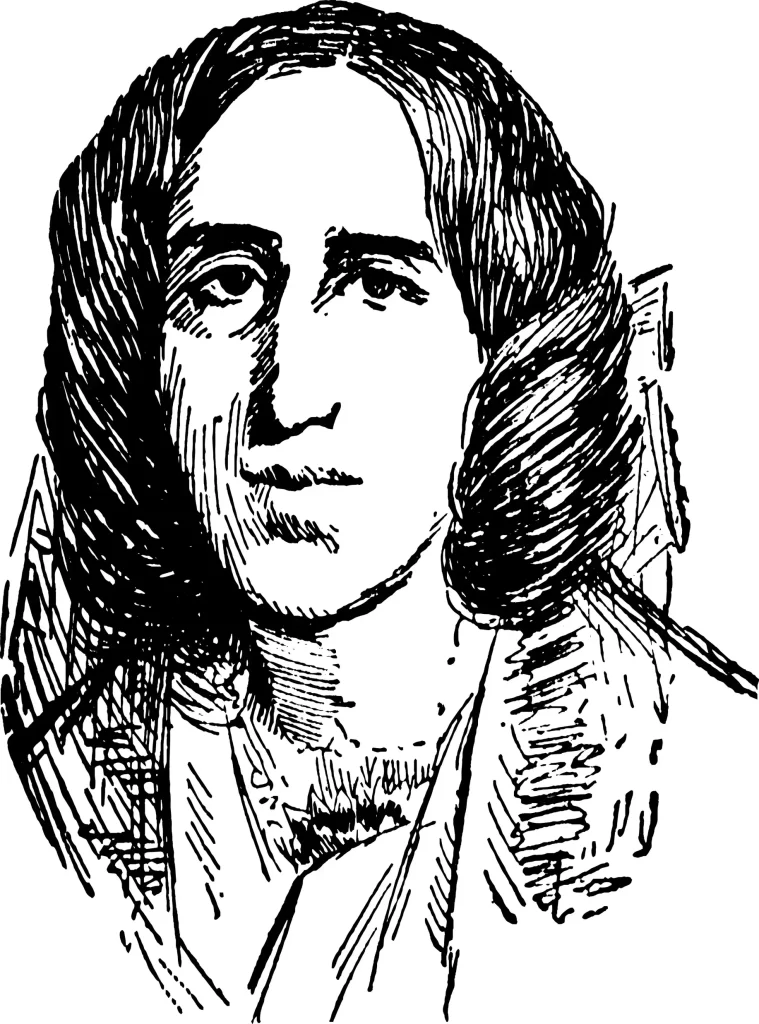Introduction
The Great Sage Gaurishankar Govard Handa’s short tale “The letter” was penned by Josh. The purpose of this chapter is to shed light on why our feelings matter. After Miriam’s wedding, Ali went to a new location and began living alone. He used to go to the post office every day in the hopes of finding a letter from his daughter. In the meantime, the postmaster’s daughter fell ill, and while looking for a letter for her, he came upon Ali’s.
Summary of the chapter
It has been five years since Coachman Ali, a sick and old hunter, visited the post office regularly. No matter how unfavourable the weather or how ill he is, he will always go to the post office. He has only a daughter named Miriam who had left him after marrying a soldier, so he visited there religiously in hopes of receiving a letter from her.

Although he was always the first to arrive and the last to leave, he never received a letter in his name. Those around him would call him mad and enjoy tormenting him. During his earlier years, Coachman Ali was a famous hunter. He realized the pain of separation and suffering when Miriam went far away and did not answer for many years. Therefore, he stopped hunting completely.
In the course of his normal routine, Ali arrived at the post office one day. Due to his poor health, he makes a lot of effort to reach there that day. An argument ensued between Ali and the postmaster. The irritated postmaster called him a pest. However, Ali does not lose hope of ever receiving a letter from his daughter despite the humiliation. The clerk Laxmi Das, receives five guineas from Ali while leaving that day. From Laxmi Das, Ali took a promise to deliver the letter from his daughter to his grave. Afterward, no one sees Ali for some time.
Due to the coincidences of life, the postmaster faces the same situation as his daughter is sick in another town and he does not know where she is. Miriam’s father’s letter catches his eye while he awaits his daughter’s letter. Due to his separation pain, he decided to hand-deliver the letter to Ali personally. As soon as he reaches Ali’s home, he discovers that he has passed away three months ago. The clerk Laxmidas remembers his promise to Ali. The postmaster accompanies the clerk to Ali’s grave as a measure of compensation for his bad behaviour and places Miriam’s letter on his grave.
Postmaster realizes that letters are more than envelopes and postcards and that their meaning and emotions go beyond their physical appearance. When the postmaster is waiting for a letter from his daughter, his fate is to spend another sleepless night in anxiety, being cursed by his heart for mistreating Ali.
About the author
The Gujarati short story genre was pioneered by Gaurishankar Govardhandas Josh under the pen name Dhumaketu, a prolific writer. Human emotions are powerfully portrayed in his poetry and songs with romanticism.
Conclusion
The protagonist of “the Letter” comes to the realisation through hardship that “human beings” may become better people. In the end, “The Letter” resolves with Sudha choosing to remain with her new spouse and turning down her estranged husband’s reunion proposal. That chapter of her life is over, and she is ready to devote herself to her new partner.
Textbook Questions and Answers
Answer the following questions by ticking the correct options:
(a) Ali’s walking to the Post Office daily even in biting cold weather shows his __________.
(i) courage
(ii) optimism
(iii) foolishness
(iv) strength of will
Ans. (iv) strength of will
(b) The Post Office is referred to as Ali’s “place of pilgrimage” as he__________.
(i) visited it daily
(ii) came there to pray for a letter from his daughter
(iii) went there with faith and hope
(iv) believed God would bless him if he went there
Ans. (iii) went there with faith and hope
(c) The Post Master’s rudeness to Ali reveals his ____________________________.
(i) lack of empathy
(ii) preoccupation with his work
(iii) preconceived notions
(iv) sensitivity
Ans. (i) lack of empathy
(d) Ali did not come to the Post Office for several days as _____________________.
(i) he had given up hope
(ii) he was upset by the Post Master’s rebuke
(iii) he was unwell and not able to walk to the post office
(iv) he was busy hunting
Ans. (iii) he was unwell and not able to walk to the post office
(e) “Tortured by doubt and remorse, he sat down in the glow of the charcoal sigri to wait.” The PostMaster was waiting for____________________________.
(i) a letter from Miriam
(ii) a letter from his own daughter
(iii) a letter from Ali
(iv) Ali to deliver Miriam’s letter to him.
Ans. (ii) a letter from his own daughter
Answer the following questions briefly.
(a) Who was Ali? Where did he go daily?
Ans. Ali was a coachman who was old and sick. He used to go to the post office daily.
(b) “Ali displays qualities of love and patience”. Give evidence from the story to support the statement.
Ans. Ali went to the post office every day to inquire about his daughter despite the bitter weather and sickness. Despite being on the verge of death, he tells one of the clerks to keep Miriam’s letter near her grave because he exhibits great patience for their touching taunts.
(c) How do you know Ali was a familiar figure at the post office?
Ans. He became accustomed to being called a madman by all the clerks and the postmaster. It had been five years since he had come to the post office every day.
(d) Why did Ali give up hunting?
Ans. The only daughter Miriam he ever had got married and left him. After Ali learned the true meaning of love and separation, he stopped going hunting.
(e) What impression do you form of the postmaster after reading the story ‘The Letter’?
Ans. It took a certain situation to bring out the compassionate and emotional qualities of the postmaster. Ali’s suffering was brought to his attention as he was concerned for his daughter. The letter from Miriam was laid on Ali’s grave by him and Laxmi Das with him. He acknowledged his behavior was unkind and regrettable.
(f) The postmaster says to Ali, “What a pest you are, brother!” Do you agree with the statement? Give reasons for your answer.
Ans. I do not agree with the statement. These actions speak volumes about the indifference and irresponsibility of the people with power toward ordinary citizens. In search of refuge from his daughter Miriam, Ali kept returning to the post office. The postman should have some mercy over Ali instead of calling him a pest.
(g) “Ali came out very slowly, turning after every few steps to gaze at the post office. His eyes were filled with tears of helplessness, for his patience was exhausted, even though he still had faith.” Why were Ali’s eyes filled with tears of helplessness? What had exhausted his patience but not his faith?
Ans. Ali’s eyes were filled with tears of helplessness because he could not do anything but go away from the post office without getting the letter. Even though he was waiting for the letter for the past five years he could not get the letter, so he lost his patience. However, he did not lose his faith in receiving a letter from his daughter.
(h) “Tortured by doubt and remorse, he sat down in the glow of the charcoal sigri to wait.” Who is tortured by doubt and remorse? Why? What is he waiting for?
Ans. The postmaster is now tortured by doubt and remorse. Even though Ali was dead three months ago, the postmaster saw him in the morning. The postmaster regrets not understanding the situation of Ali when he was waiting for his daughter’s letter. Now the postmaster is in the same situation as Ali and waiting for the news of his daughter.
Frequently Asked Questions
1. What is the resolution of “The Letter”?
Ans. The resolution of “The Letter” is that Sudha ultimately decides to stay with her new husband and reject her estranged husband’s request for a reunion. She realizes that she has moved on with her life and is committed to her new relationship.
2. What is the significance of “The Letter” in Gujarati literature?
Ans: “The Letter” is considered one of the most important short stories in Gujarati literature and is widely taught in Gujarati literature courses. It is also notable for its exploration of modern themes in Gujarati literature, which was often focused on traditional themes and motifs.
3. What is the pen name of Gaurishankar Govardhandas Josh ?
Ans. The Gujarati short story genre was pioneered by Gaurishankar Govardhandas Josh under the pen name Dhumaketu, a prolific writer. Human emotions are powerfully portrayed in his poetry and songs with romanticism.








